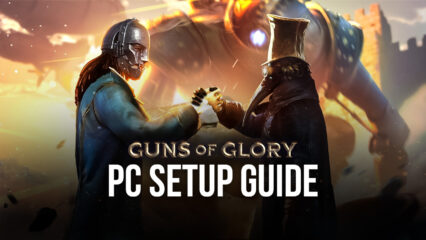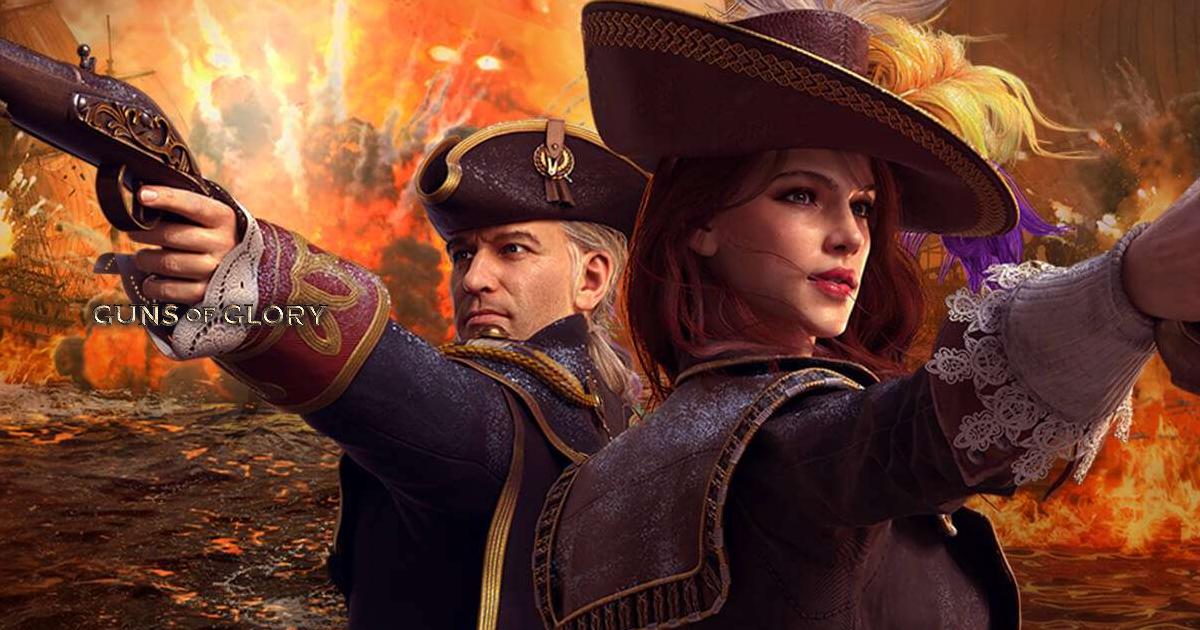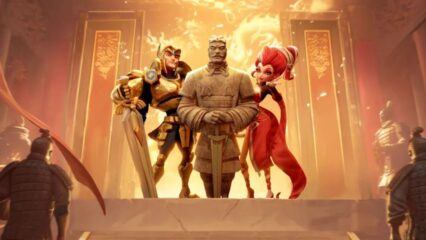Guns of Glory on PC: Combat Guide Pt. 1

Guns of Glory, just like many other conquest games out there, has a combat system where you, the player, chooses a band of units and sets them against your foes. This much is simple to understand, and even easier to do. The mystery, however, begins when your units reach their destination, and the battle resolves automatically.
What happened? Did I win? How did I win?
These are all questions that most of you might ask yourselves after each battle, as the game gives little explanation on how the combat system calculates its results. This is even more infuriating when you actually defeat your opponent and still suffer losses similar to theirs, even though your forces outnumbered their defenses 10 to 1.
Since these battle resolutions seem to baffle most beginners, we have decided to create an article explaining the basic concepts about the combat in Guns of Glory, as well as give some pointers on how to properly engage both players and NPCs alike.
Understanding Troop Types and Tiers
As we’ve mentioned on other occasions, all troops in Guns of Glory fall into 4 categories: infantry, cavalry, distance, and artillery, which are trained in the barracks, stables, shooting range, and artillery foundry buildings, respectively. Furthermore, each type of troop has 12 tiers, which determine the specific unit’s battle prowess. When it comes to the first 3 types of troops, higher tiers will determine their overall attributes, which means that higher tiers are simply better than their lower counterparts. However, when it comes to artillery, their higher tiers don’t necessarily lead to better stats; higher tiers for these units may lead to specializations, such as better defense, or better offense, etc. so that you can effectively choose which artillery units benefit your army the most, at the moment, and focus on the said units.

That being said, when it comes to choosing your army, you’re better off simply training and picking the absolute highest-tier troops you can choose; there’s no point in training lower-level troops since they are completely outclassed by their peers. As a general rule of thumb, you should at least have twice as much infantry as you have of the other units combined. This is because, if you don’t have enough infantry, your other units will suffer heavy casualties in combat. While these foot soldiers don’t deal much damage and are easily defeated, they effectively serve as cannon fodder to take the brunt of the enemy forces, while your other units deal the hurt.




If you don’t have the time or resources to create enough infantry, we found that using a balanced army usually gave us awesome results. This means that your other unit types should not outnumber your infantry.
Understanding Boosts
There are other ways to improve your success at combat in Guns of Glory.
Boosts are one of the said ways, which are often overlooked by players since they provide their bonuses passively, rather than actively such as when you train more troops and add them to your army. There are numerous ways in which you can earn boosts, such as by investing lord talent points, by researching in the academy, by using appropriate equipment, by learning dragon skills, and through the use of certain items.

1. Lord Talent Points
As you level up your lord, you receive points that can be assigned to certain talents. These talents, especially those in the war tree, give massive bonuses to the performance of your troops, especially when you reach the higher tiers of talents. As a general rule of thumb, you will only want to focus your points on a single tree, since there are not enough points to make significant investments in all three trees.
However, be mindful of your preferred type of troops before investing points, since there are talents that could either improve general stats, or the attributes of a specific type of troop. Since artillery tends to be slow, and rather situational, we recommend putting your points into cavalry or distance to experience the best results.

2. Academy Research
Similar to the talent trees, there are many branches of research in which you could invest your resources. However, unlike talent trees, academy research does not cost valuable points and, instead, all investigations are conducted by investing food and lumber, for the most part. Furthermore, while the talent trees give massive boosts, you will notice that this is not the case for academy research. Nevertheless, the small boosts they grant to the player can add up enough to grant valuable advantages in combat. Additionally, said boosts can be researched, in some cases, multiple times to improve the benefits they provide. Keep in mind that there are also alliance boosts, which are projects that your alliance may collaborate on and, once completed, grant bonuses to the entire alliance.

3. Forging Equipment
The forge is where you may craft equipment for your lord. The bonuses these pieces of gear provide can be massive. For example, a standard, unenhanced, green cutlass can give a 12% bonus to the attack of your cavalry and artillery. As you continue to collect fragments, materials, and blueprints (by killing beasts), you will gain access to better tools for enhancing your existing gear or creating new and improved pieces. Don’t worry about messing up with the forge because, unlike the talent points, you can easily dismantle the pieces you forge and get back all the ingredients used in their making.

4. Dragon Abilities
Also known as airship abilities, which you can consult, purchase, upgrade, and assign to your airship in the airship dock. You can assign these skills to the free slots of your blimp, and enhance them with intensity gear. The most common abilities which you should focus on are Distance Devastation I, II and III and Cavalry Cannons I, II, III and March of Fury.

5. Items
As you play the game, you might receive free gifts, or rewards from completing certain objectives, most of which contain a random assortment of items. More often than not, some of these items will include attack or defense boosts, which augment the respective attribute for a limited period of time. Some of these boosts can give significant bonuses, such as 10, 20, and 25% improvement to your attack or defense. Aside from receiving them as free gifts, these boosts can also be purchased from the store, and are worth considering if you’re a hardcore player, as the bonuses they provide can make or break a defense or a raid.

This concludes the first part of our guide on combat mechanics. Check out our Combat Guide part 2 where we’ll attempt to go under the hood and explain how the underlying combat calculator determines the results of every encounter.
See you next time!
















